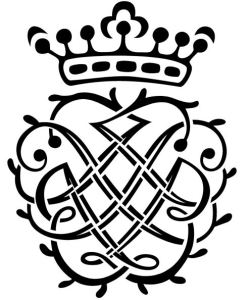The Saxon Alternative – Telemann: Music for Wind Band
Syrinx
Resonus Classics RES10154. 62’04
Overtures TWV 44:7, 55:c3; 44:2; 55:B3; 44:14
The sound of the Baroque wind band was (and still is) more often heard on the continent than in the UK, so this CD from Syrinx is a refreshing reminder of just how attractive baroque wind instruments can be. It would be interesting to research the extent to which the weather was an explanation for this, as the wind band was often used in Germany for outside entertainment, always rather risky in the UK. Two of the five Telemann Overtures on this CD feature the traditional French-inspired German wind band combination of oboes and bassoons, the other three Overtures adding pairs of horns to give the distinctive sound of the Eastern European ‘Saxon Alternative’, a popular formation after about 1715. As Belinda Paul’s informative CD notes explain, one Viennese lady noted that the “detestable habit of mixing hunting horns with it … almost deafen the company”. The Saxon Alternative morphed into the later Harmoniemusik and ultimately formed the core of the modern orchestra’s wind section, combining horns and woodwind.
Telemann was always on the look out for unusual combinations of instruments, so was attracted to the new sounds of the wind band, with or without horns. He also liked unusual musical structures, as evidenced by the fact that the five works on this CD, all named ‘Overture’ have completely different sequences of pieces, ranging from the traditional sequence of dance movements, via a variation set to some delightfully imaginative character pieces. There are some extraordinary sounds, for example in the track 2 Rondeau, with a gorgeous melody given a delightful Scottish lilt and drone treatment with some lovely ornaments. Another example is the track 16 Siciliano, which combines a solo horn with an oboe d’amore.
The players’ attention to detail of phrasing and articulation is exemplary. I particularly liked the subtle inclusion of notes inégales in the French inspired movements of TWV 55:B3. And, despite the comments above from the Viennese lady, the horn players Anneke Scott and Kate Goldsmith both blend, and play, beautifully on that most difficult of instruments. Other key performers are oboists Belinda Paul and Ann Allen and bassoon players Sally Holman and Inga Maria Klaucke.
One aspect that I wasn’t quite sure of was the inclusion of the harpsichord in practically all the movements. The harmony rarely, if ever, needs filling in by a continuo instrument, and I not sure if the score of TWV 55:B3, for example, includes a harpsichord part, although 44:7 (published under Telemann’s pseudonym of Melante) and 55:c3 both do. The sound of the wind instruments alone is so attractive that the occasional movements played without harpsichord were something of a relief.

http://www.resonusclassics.com/the-saxon-alternative-telemann-music-for-wind-band
